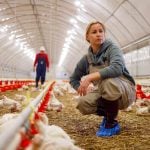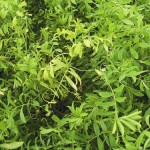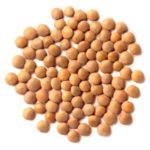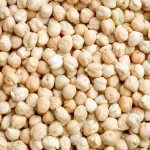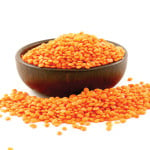When it comes to developing new varieties of cereal crops, the focus of those efforts can be as much about what doesn’t work as what does, says one breeding expert. Francois Eudes is the director of research, development and technology for the science and technology branch at Agriculture and Agri-Food Canada (AAFC) at Lethbridge. As […] Read more
